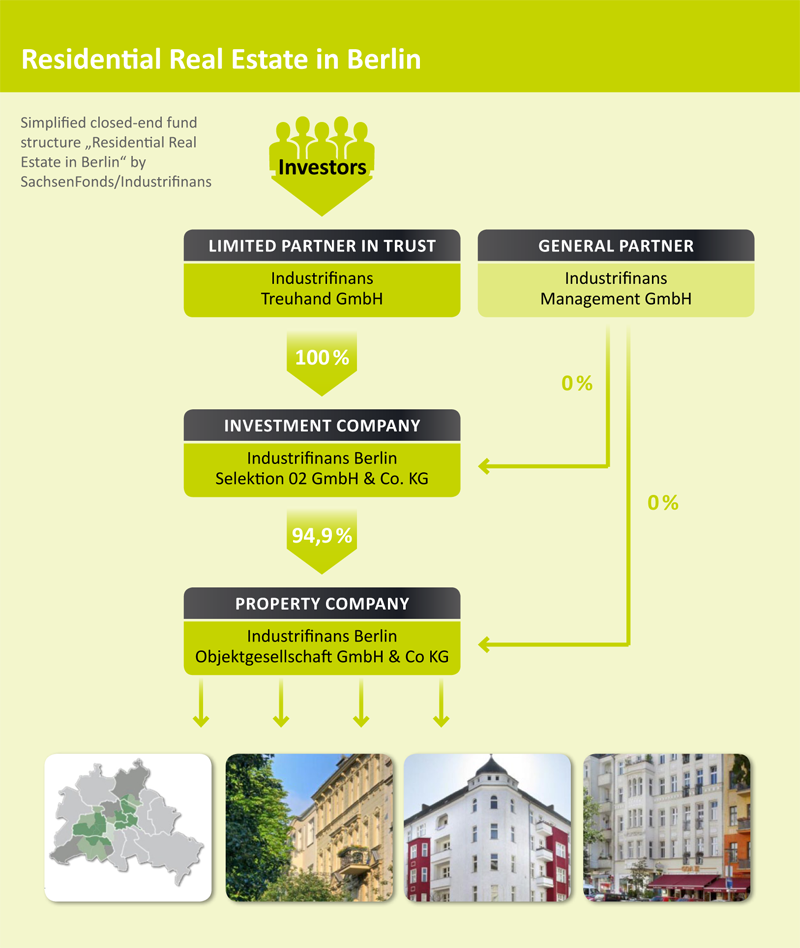ClosedEnd Funds Investment U
Post on: 15 Апрель, 2015 No Comment

by Floyd Brown Monday, January 28, 2008 Wisdom of Wealth
by Floyd G. Brown, Advisory Panelist, Investment U
Monday, January 28, 2008: Issue #757
Before hedge funds, before CDOs, and even before mutual funds, closed-end funds ran the big money table — ones like the Graham-Newman Corporation, managed by Benjamin Graham, the father of value investing and one of the most successful investors of all time.
These are the funds your grandfather would have bought if he wanted professional management. And they’re the funds a few savvy investors are buying today.
More than $300 billion is invested in closed-end funds right now. Yet they’re still unheralded by the news media and overlooked by many investors. That’s a big mistake.
Because they are currently in a neglected area of finance, they present some outstanding values for the patient, long-term investor. They also hold a distinct advantage over mutual funds.
Here’s why, plus two funds that are primed for significant gains.
Don’t Confuse Closed-End Funds With Mutual Funds
At first blush, a lot of people confuse closed-end funds with mutual, or open-ended, funds. They have many of the same characteristics, but they also have some dramatic differences.
A mutual fund constantly issues and redeems its shares at net asset value (NAV). (NAV is the total per-share worth of the underlying portfolio of securities in the fund on any given day.)
The issuing and redeeming of these shares can cause problems for the investment managers. When a particular mutual fund is hot, for example, money will rush in. Sometimes this flood of money is more than the managers can put to work to get the same outstanding results that sparked interest in the fund in the first place. The overall return then suffers.
On the flip side, when a mutual fund experiences some setbacks, investors flee and the mutual fund shrinks. Managers are forced to sell securities to redeem shares and a downward spiral is reinforced.
But these problems don’t exist for closed-end fund managers.
Two Categories of Closed-End Funds: Bonds & Equities
A closed-end fund is an investment company that lists its shares on a stock exchange, and they come in two major categories: bond funds and equity funds.
These funds allow you to build a portfolio that would be impossible to assemble on your own. That’s because they are professionally managed and can use leverage, options strategies, and even invest in illiquid securities.
To get started, each closed-end fund completes an IPO to raise cash, and then invests the money. The shares are then traded on an exchange just like regular stock. They have a fixed number of shares outstanding.
This stability allows the fund to invest in some pretty interesting opportunities. And they can manage their assets without the fear of being blindsided by redemptions. Consequently, there is a large community of closed-end equity funds that focus on emerging, foreign and underdeveloped markets. Some even issue preferred shares and then borrow against them to leverage the fund’s portfolio. This can enhance yields and capital gains.
The Key To Analyzing A Closed-End Fund
The key to analyzing a closed-end fund is to realize that they can trade at a discount or a premium to net asset value (NAV). When an investment strategy of the closed-end fund falls out of favor, you can pick up shares at a deep discount to NAV. It’s an excellent opportunity to buy assets cheaply. Just calculate the discount or premium by comparing the NAV of a fund to the price of its shares.
You can buy them today and lock in a 9.1% and an 8.6% yield, respectively. But the high-payout won’t last long. There’s good reason to believe shares are headed higher, which would bring yields back down.
Bill Gross. the king of bonds and the founder and co-chief investment officer of PIMCO, doesn’t think the market’s recent treatment of his funds is fair:
I have the advantage of knowing what’s inside these funds. There are no subprime assets. The funds are trading at levels that reflect junk-bond status, when in fact 75% of their holdings on a duration-weighted basis are investment-grade or higher.
If interest rates continue to go down, these two closed-end bond funds will rock.
Good investing,
Floyd
Floyd Brown, a regular contributor to Investment U. began his highly successful investing career while still in high school. and made his first million before turning 30. To see what else he’s recommending, here are the five energy companies he’s recommending now .
Today’s Investment U Crib Sheet
Discount to NAV:
-43% Fund: Highland Distressed Opportunities (NYSE: HCD ) Fund: Renaissance Capital Growth & Income Fund III (AMEX: RCG )













